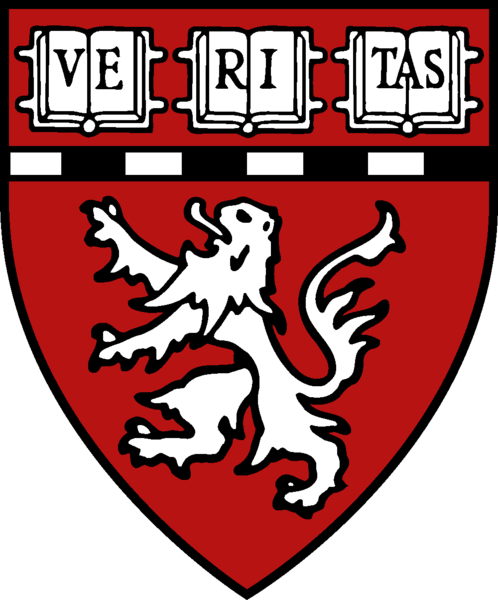


TopPerformance on random sets of genes
Given the large number of combinations of motifs that had to be tested, it was important to put a bound on the probability of chance occurrence of putative modules. Therefore, we sought to determine whether it is possible to obtain putative modules that appear to be statistically significant in negative controls consisting of random set of genes. The underlying assumption is that a random set of genes is unlikely to share a specific set of common regulatory elements. We randomly selected groups of N genes (N = 20, 30 and 40) from the mouse RefSeq collection and analyzed those genes as if they constituted a real set of potentially co-regulated genes by applying our algorithm and searching for regulatory modules. For each value of N, the procedure was repeated 5 times.
Summary
Performance for random sets of genes, masked sequences
Performance for random sets of genes, unmasked sequences
Detailed tables
Performance for random sets of genes, masked sequences (Supplementary Table 1)
Performance for random sets of genes, unmasked sequences (Supplementary Table 2)